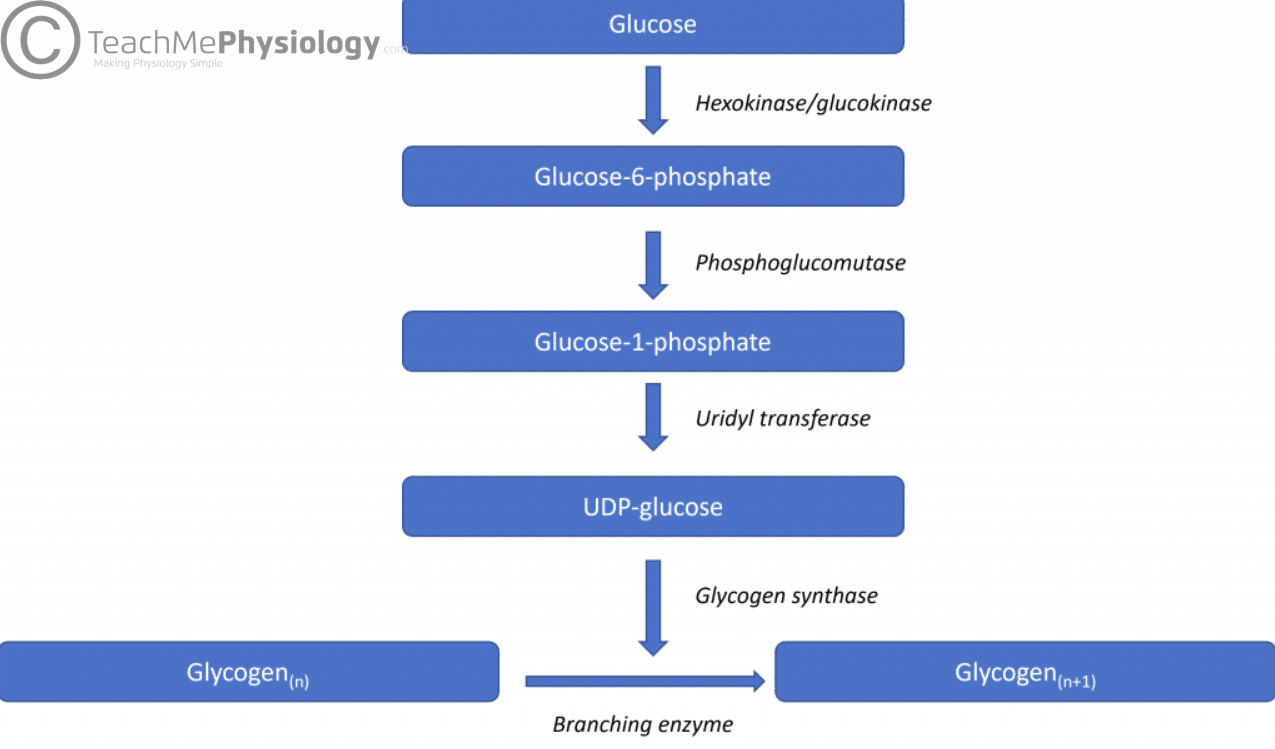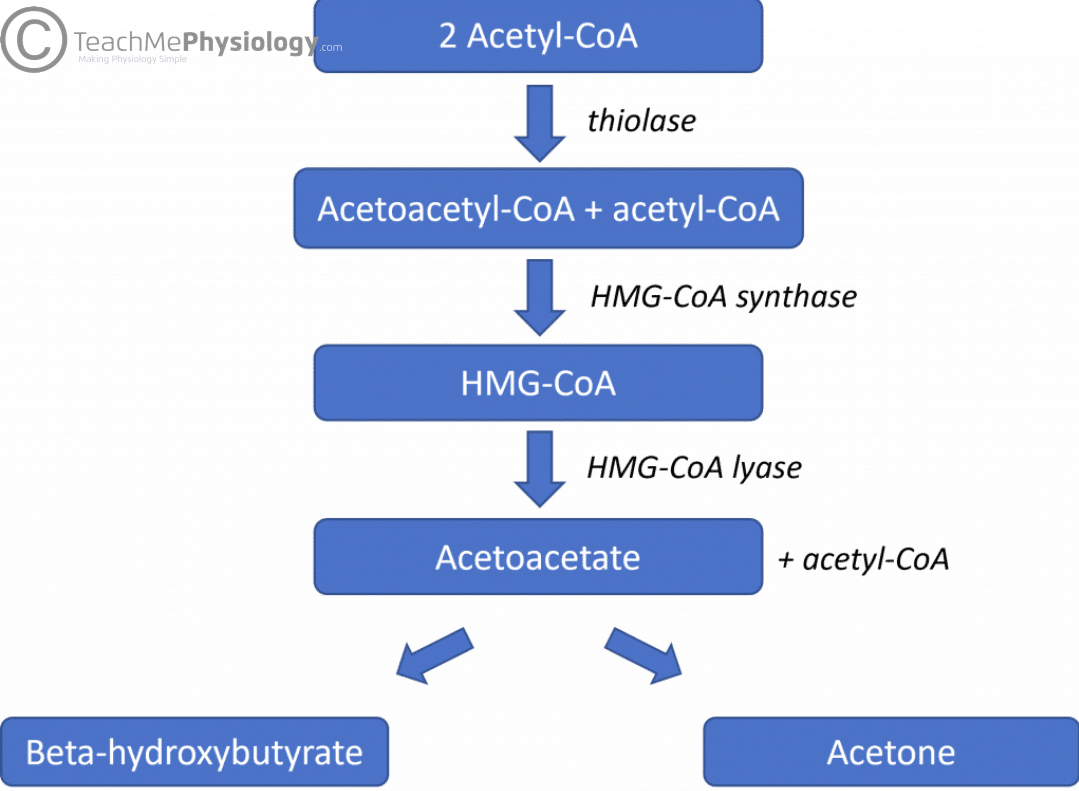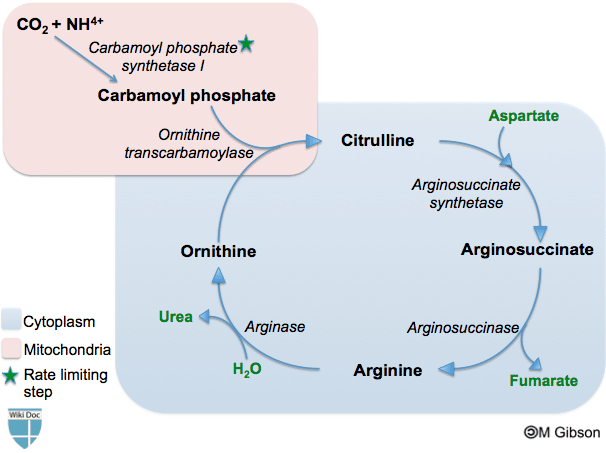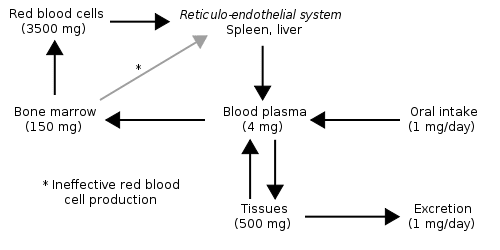- Biochemistry
- Histology
- Cardiovascular
- Respiratory
- Gastrointestinal
- Urinary
- Reproductive
- Neurology
- Endocrine
- Immunology/Haematology
The Liver
The liver detoxifies various metabolites, synthesises proteins and produces biochemicals necessary for digestion and growth. In humans, it is located in the right upper quadrant of the abdomen, below the diaphragm. It is the largest visceral structure in the abdominal cavity, and the largest gland in the human body.
The liver plays a key role in carbohydrate, lipid, protein, ammonia and vitamin metabolism. Following consumption of food, excess glucose can be stored within the liver as glycogen. This is stimulated by insulin release. This glycogen can then be degraded to release glucose in times of exercise (skeletal muscle stores) or fasting (liver stores). Lipogenesis and lipolysis are both carried out within the liver and the rate at which each occurs depends on hormones such as insulin, glucagon and adrenaline. Similarly, both protein synthesis and protein catabolism are carried out in the liver. Proteins such as albumin, CRP, clotting factors, thrombopoietin and angiotensinogen are produced in the liver.
The liver plays a vital role in the storage of carbohydrates, vitamins and minerals. Lipid-soluble vitamins A, D, E, and K are stored in the liver, along with vitamin B12. Both iron and copper minerals are stored in the liver, and their levels within the body need to be tightly regulated.
In this section, learn more about the physiology of the liver- the metabolic functions of the liver, and the storage functions of the liver.





